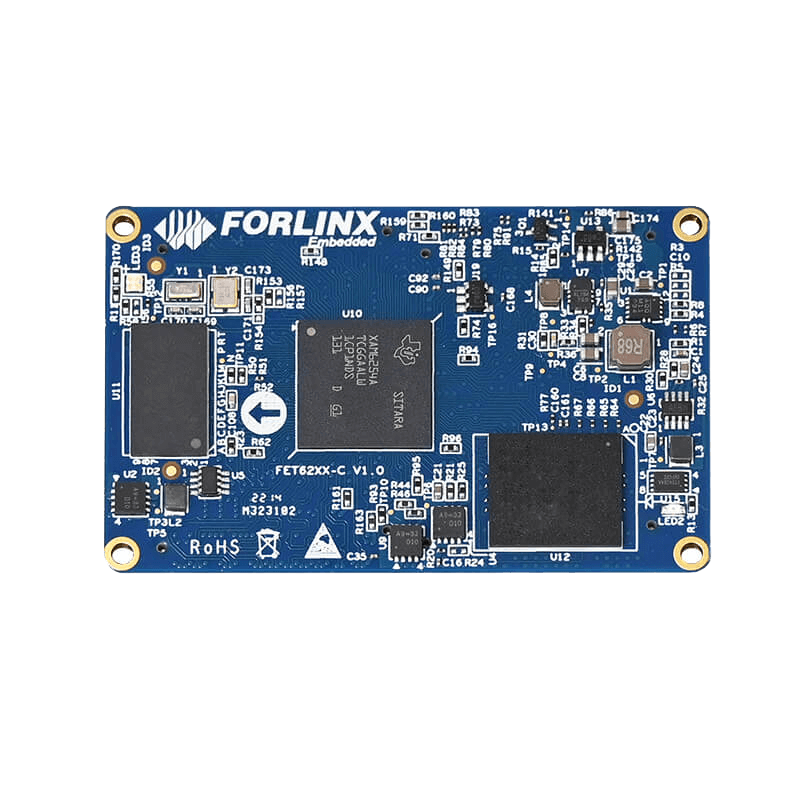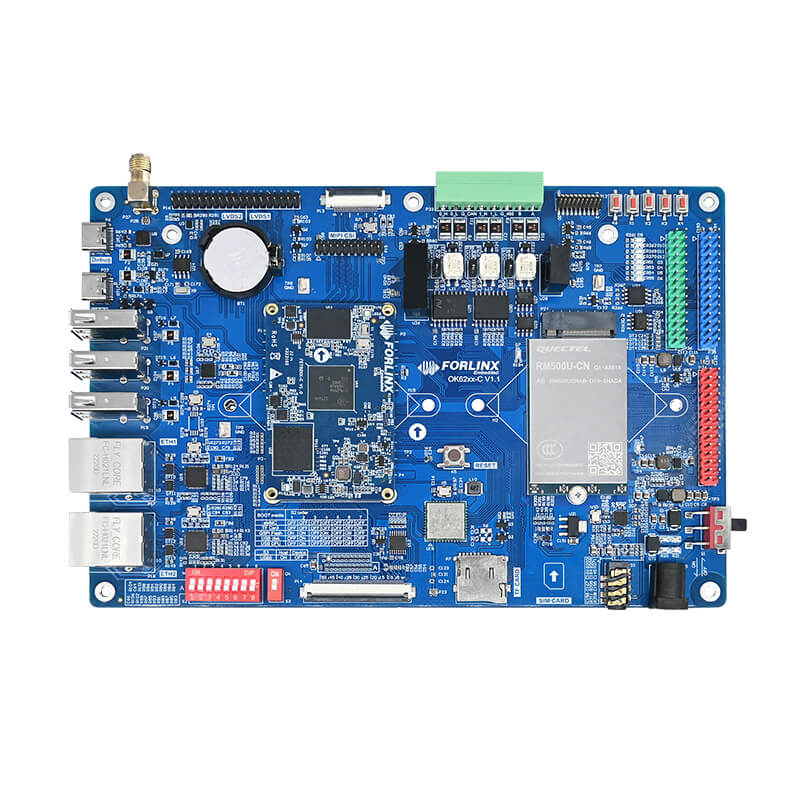
Solution | Forlinx Embedded's AM62x SoM Drives Innovation in Microgrid Intelligence
Driven by the global goal of carbon neutrality, microgrid systems centered around distributed energy are becoming a crucial means for energy transformation. As the control center for local power generation, energy storage, and electricity loads, the microgrid coordination controller undertakes the core tasks of coordinating internal resources, ensuring stable operation of the system, and achieving economic optimization. Its reliability and performance directly affect the overall performance of the microgrid system and play a decisive role in the long-term operational economy of the system.
The FET6254-C Computer on Module developed by Forlinx Embedded based on the TI AM62x processor can provide strong support for the microgrid coordination controller with its multi-core collaborative processing capabilities, real-time response characteristics, and industrial-grade reliability, promoting efficient collaboration among distributed energy sources.
Key Role and Technical Challenges of Microgrid Coordination Controllers
The microgrid coordination controller is the core control device in a microgrid. It needs to monitor the operating status of equipment such as photovoltaics, wind power, energy storage, and charging piles in real-time, and formulate control strategies based on the goals of safety and economic optimization. Generally speaking, as the ''brain'' of the system, the microgrid coordination controller should have core functions such as high-speed data acquisition, seamless grid-connected and off-grid switching, power coordination control, frequency and voltage regulation control, and strategy execution.
Facing complex control tasks, traditional single-core processors are often inadequate. On one hand, they need to run the Linux system to achieve network communication, data processing, and human-machine interaction. On the other hand, they are required for real-time control, capable of completing grid-connected and off-grid switching and power adjustment within milliseconds. Meanwhile, the large number of microgrid devices and complex communication protocols pose strict requirements on interface resources.
FET6254-C SoM with Multi-core Heterogeneous Architecture Empowers Powerfully
To meet the technical requirements of microgrid coordination controllers, Forlinx Embedded recommends the FET6254-C SoM, which is designed and developed based on TI’s Sitara™ AM62x series of industrial-grade processors, as the main control solution. With its multi-core heterogeneous architecture and abundant interface resources, it can provide strong technical support for microgrid control.
1. Multi-core Heterogeneous Architecture for Both High-efficiency Computation and Real-time Control
The Forlinx Embedded FET6254-C SoM features a multi-core heterogeneous design of 4-core Cortex-A53 + Cortex-M4F, which can effectively integrate high-performance computing and real-time control. The 4-core Cortex-A53 with a main frequency of up to 1.4 GHz runs the Linux system and is used to handle complex algorithms, communication protocol stacks, and energy management strategies. The Cortex-M4F control core can independently run real-time tasks, dealing with millisecond-level controls such as grid-connected and off-grid switching, frequency regulation, and voltage regulation.
It is worth noting that the M4F core of AM62x can run independently, and its kernel startup and operation do not depend on the A53 kernel, ensuring the reliability of critical controls. This architectural design enables the coordination controller to handle management tasks and real-time control simultaneously, ensuring that it can switch to the off-grid mode within milliseconds in case of a power grid failure to guarantee the power supply for critical loads.
2. Abundant Interface Resources for Comprehensive Connection of Microgrid Devices
The microgrid coordination controller needs to connect various devices such as photovoltaic inverters, power conversion systems (PCS), battery management systems (BMS), and charging piles. Therefore, it has extremely high requirements for the quantity and types of interfaces.
The FET6254-C SoM provides comprehensive interface support. It has two Gigabit Ethernet ports supporting TSN (Time-Sensitive Networking) to ensure the real-time transmission of control instructions. There are also three native CAN-FD buses to meet the reliable communication needs of devices like BMS and PCS. With up to nine UART ports, it can be connected to auxiliary devices such as electricity meters and environmental monitors. In addition, the GPMC interface can be used to connect to an FPGA and directly access high-precision ADC chips to complete the synchronous acquisition of multiple analog signals, meeting the requirements for power quality monitoring.
3. Industrial-grade Quality, Unafraid of Harsh Environments
Microgrid coordination controllers are usually deployed in industrial environments such as substations and charging stations, so there are extremely high requirements for the reliability of the equipment.
FET6254-C SoM has an industrial-grade temperature range from-40°C to + 85°C, which allows it to adapt to harsh working environments without air-conditioned cabinets. It also has strong electromagnetic compatibility and has passed the GB/T 17626 series of tests, ensuring stable operation in complex electromagnetic environments. In addition, its long product lifecycle ensures a stable supply for over 10 years, meaning worry-free long-term operation of the microgrid coordination controller.
Summary
With its multi-core heterogeneous architecture, abundant interface resources, and industrial-grade reliability, Forlinx Embedded FET6254-C SoM provides an ideal technical platform for microgrid coordination controllers. This solution not only meets the core requirements such as high-speed data acquisition, grid-connected and off-grid control, power coordination, frequency regulation, and voltage regulation, but also supports edge computing and cloud-edge collaboration, helping customers build a new-generation intelligent microgrid control system.



